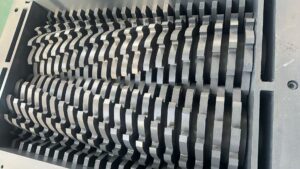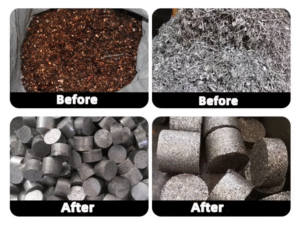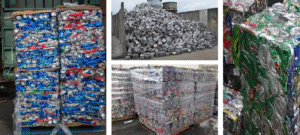Every year, over 380 million tons of plastic waste is generated globally—enough to bury Manhattan ankle-deep. Yet within this waste stream lies an untapped $200 billion opportunity, and industrial shredders serve as the master key. This article reveals how modern shredding technology transforms discarded materials into high-value commodities.
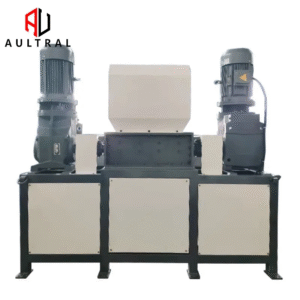
Chapter 1: The Alchemy of Size Reduction
Why Shredding = Profit Multiplication
-
Volume Economics: Pre-shredded materials occupy 1/10th the storage space, slashing logistics costs by up to 60% (World Bank Waste Management Report 2023).
-
Downstream Value: Uniform 8-20mm plastic flakes command 35% higher prices than irregular chunks in recycling markets.
-
Case Study: A Vietnam-based PP woven bag recycler increased annual revenue by $1.2M after upgrading to a 3-stage shredding system.
Chapter 2: The Shredder’s Toolbox for Maximum Yield
Next-Gen Technologies Driving ROI
-
AI-Powered Contaminant Detection
-
Laser scanners identify and eject non-target materials (e.g., metal zippers in textile waste) with 99.7% accuracy.
-
-
Energy Recovery Systems
-
German-engineered “EcoShred” models convert 30% of kinetic heat into supplemental power, reducing net energy consumption.
-
-
Blockchain-Enabled Material Tracing
-
RFID-tagged output allows buyers to verify polymer purity—critical for FDA-grade recycled plastics.
-
Chapter 3: Market-Specific Profit Blueprints
A. E-Waste Gold Rush
-
Apple’s Daisy robot recovers $40M/year in gold/palladium by shredding 200 iPhones/hour.
-
Pro Tip: Use wet shredding to prevent toxic dust during circuit board processing.
B. Tire Pyrolysis Boom
-
Shredded tire chips (2″ size) optimize pyrolysis oil yield by 22% vs whole tires (Rubber Manufacturers Association data).
C. Textile-to-Insulation Conversion
-
Fast-fashion waste processed through cryogenic shredders creates building insulation selling at $12/sq ft.
Chapter 4: The Dark Side – Pitfalls to Avoid
Costly Lessons from the Field
-
The 5-Second Mistake: A Malaysian operator lost $80K in downtime by feeding PET bottles with intact caps (causing 8-hour blade damage).
-
Regulatory Traps: California’s SB-270 mandates shredder noise below 72dB for urban recycling plants—non-compliant units face $15K/day fines.
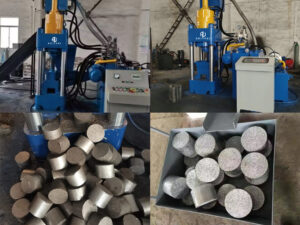
Chapter 5: Future Frontiers
Emerging Opportunities
-
Space Recycling: NASA-funded projects test microgravity shredders for orbital waste management.
-
Biodegradable Blade Tech: Fungus-treated blades self-sharpen while processing organic waste (MIT prototype shows 400hr+ lifespan).
Conclusion: Your Waste Is Someone Else’s Fortune
As circular economy legislation tightens globally (EU requiring 30% recycled content in packaging by 2030), shredders evolve from simple machines to profit centers. The question isn’t whether to invest—it’s how quickly you can capitalize.

